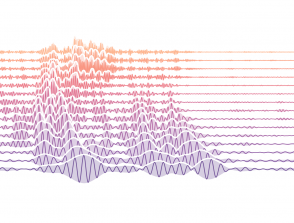Mass Wasting Processes Dynamics by Modeling and Remote-Sensing: Application to Martian Cases

Start: 01 October 2007
End: 30 March 2010
Supervisors :
Anne Mangeney, Daniel Mège
Related teams :
Seismology
Status: Defended
Slope instabilities take part in weathering and transport processes at the surface. The runout distance is extensively used in analysis of landslide dynamics and in the calibration of the rheological parameters involved in numerical modelling. However, the unknown impact of the uncertainty in the shape of the initial released mass on the runout distance and on the overall shape of the deposit questions the relevance of these approaches. Indeed, the shape of the initial scar is generally unknown in real cases. Our study is based on numerical simulations coupled with remote sensing data analysis. The model used in this study has been intensively compared with laboratory experiments and well constrained natural cases in order to establish its range of use. We have also developed a pre-event topographic reconstruction method using remote sensing data allowing the study of the topographic and initial failure plane geometry effects. We show that the runout distance is a robust parameter that is only poorly affected by the initial scar geometry. On the contrary, the extent of the deposits perpendicular to the main mass displacement direction is shown to be controlled by the scar geometry, providing a unique tool to retrieve information of the initial failure geometry, as well as on the released volume. A feedback analysis of Martian landslides shows excellent agreement between numerical results and geomorphological evidence, providing insight into the initial landsliding conditions. In addition, we introduce a new empirical dissipation parameter allowing a good prediction of the runout in the simulation without any calibration for a given geological context.





